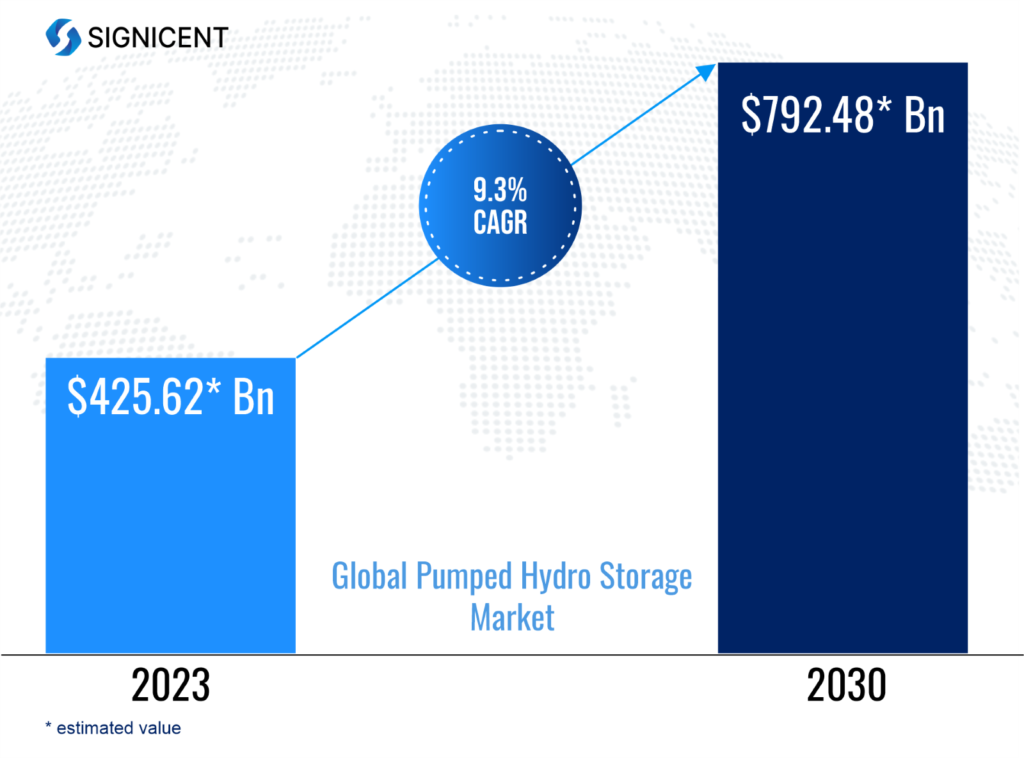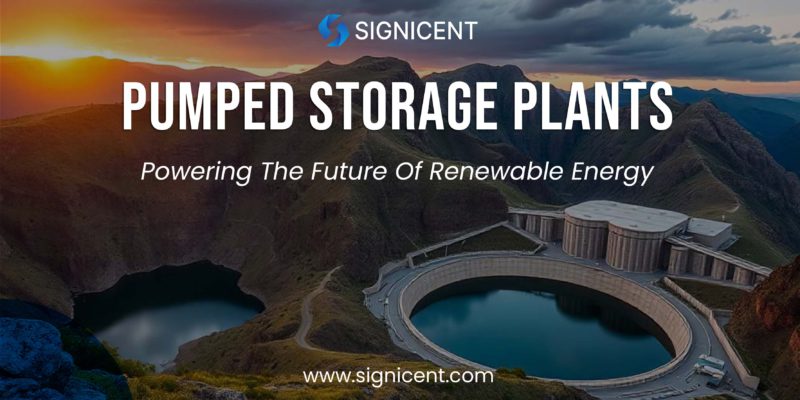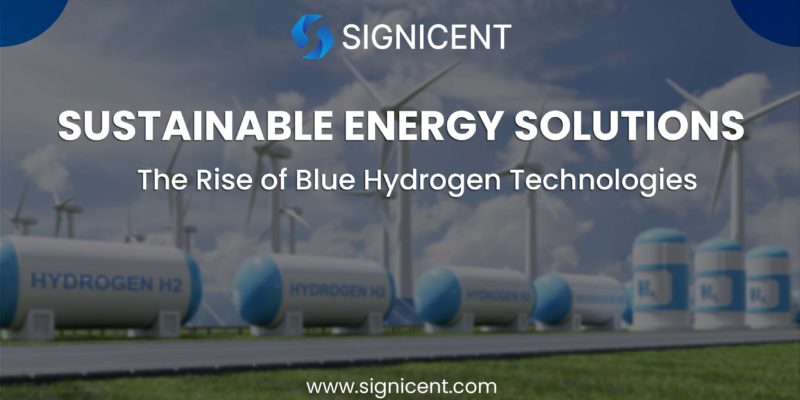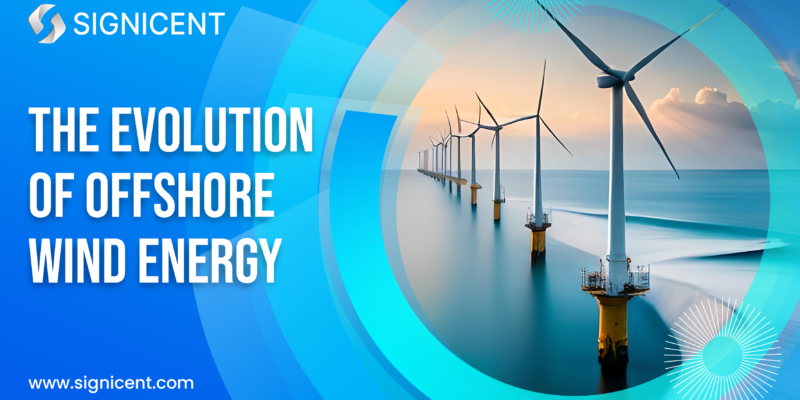Pumped storage plants (PSPs) are often considered the backbone of modern renewable energy systems. They play a crucial role in energy storage and grid stability, addressing the challenges posed by the intermittency of sources like solar and wind. Utilizing a simple yet effective mechanism, pumped storage plants store excess energy during periods of low demand by pumping water from a lower reservoir to an upper one. When energy demand peaks, the stored water is released to generate electricity, providing a reliable and efficient means of balancing the grid. As the world shifts toward renewable energy, the importance of pumped storage plants in ensuring energy security and sustainability has never been more critical.
Signicent conducts in-depth technology landscape analysis for pumped storage plants, identifying innovations, assessing market trends, and delivering insights to optimize renewable energy strategies.
Why Pumped Storage Is Key for the Future
As we increasingly rely on intermittent renewable energy sources like solar and wind, energy storage and grid stability become essential. Pumped storage plants offer a reliable solution by storing excess energy during low-demand periods and releasing it during peak demand. This integration is vital for reducing dependence on fossil fuels and lowering greenhouse gas emissions.
With the urgent need to combat climate change, pumped storage is emerging as a crucial technology for future energy systems. Its capacity to store significant amounts of energy for long durations enhances grid resilience and supports the widespread adoption of renewable energy.
Drawbacks for present energy storages
Fluctuations in Energy Generation: Renewable sources like solar and wind are inconsistent, producing energy only during ideal conditions, resulting in potential grid instability during periods of low generation.
Limited Storage Solutions: Current energy storage systems, such as batteries, struggle with capacity and lifespan, facing high costs that hinder reliable energy supply on a large scale.
Infrastructure Challenges: Many existing grid systems are not equipped for increased renewable energy integration, necessitating significant investments and time to upgrade for cleaner energy solutions.
Environmental Concerns: Some renewable technologies can disrupt local ecosystems; for instance, extensive solar farms may negatively impact wildlife habitats and utilize harmful materials in production.
Signicent performs comprehensive technology gap analysis for pumped storage plants, pinpointing deficiencies, evaluating emerging technologies, and offering strategic recommendations to enhance renewable energy integration.
Each year Signicent provides consultancy to hundreds of organizations to help transform their innovations to value.
Pumped Storage Plants: A Reliable Solution
Pumped storage plants (PSPs) present a compelling solution to these challenges. Unlike other renewable energy sources, pumped storage utilizes existing water resources to provide a consistent and reliable energy supply. By storing excess energy generated during periods of low demand, these plants can release that energy when it is most needed, effectively balancing supply and demand on the grid.
Advantages of Pumped Storage Plants
- Energy Storage and Grid Stability:
- Pumped storage plants use surplus electricity to pump water from a lower reservoir to an upper reservoir.
- During peak demand, the stored water is released to flow back down through turbines, generating electricity.
- This process ensures grid stability and helps prevent blackouts during high demand.
- Technological Advancements:
- Recent innovations have enhanced the efficiency and capacity of pumped storage technology.
- Advanced turbine blade geometries and control systems have led to better performance.
- The use of high-performance alloys, such as nickel and titanium, improves durability and efficiency under high pressures.
- Environmental and Economic Impact:
- Pumped storage significantly reduces reliance on fossil fuels, lowering greenhouse gas emissions and the overall carbon footprint.
- These plants can lead to lower energy costs in the long term, as they provide a cost-effective way to store and use renewable energy.
- They also require minimal land use compared to solar farms or wind farms, which can disrupt local ecosystems.
Innovative Technologies in Pumped Storage
- Energy Storage Mechanism: Efficiently converts excess electricity into gravitational potential energy by pumping water to a higher reservoir for future use.
- Grid Stability: Automatically releases stored water during peak demand to generate electricity, effectively balancing supply and demand across the electricity grid.
- Technological Advancements: Incorporates enhanced turbine designs and advanced digital control systems to significantly improve the efficiency and overall capacity of operations.
- Durable Materials: Utilizes high-performance alloys, such as nickel and titanium, to withstand high pressures, ensuring long-term reliability and performance in facilities.
- Environmental Benefits: Helps reduce reliance on fossil fuels and minimizes greenhouse gas emissions, contributing significantly to global climate change mitigation efforts.
Signicent conducts thorough Freedom to Operate (FTO) searches for pumped storage plants, identifying potential IP conflicts, assessing patent landscapes, and ensuring compliance for innovative renewable energy solutions.
Global Projects and Investments
Governments and private investors worldwide are recognizing the importance of pumped storage plants in achieving renewable energy goals. Some of the large-scale projects currently under development include:
- JSW Energy: 6 GW capacity
- Adani Green: 5 GW capacity
- Greenko: 7.6 GW capacity
- Tata Power: 2.8 GW capacity
In response to India’s National Energy Plan, the country is projected to require approximately 74 GW of energy storage capacity by 2032. Of this, 27 GW is expected to come from pumped storage plants, while 47 GW will be sourced from battery energy storage systems (BESS).
Market Forecast
According to signicent’s market research, the global market for pumped storage plants is projected to grow at a compound annual growth rate (CAGR) of over 9.3% by 2030.

Global Key Players in Pumped Storage and Renewable Energy
Several major companies are at the forefront of pumped storage technology:
- China Three Gorges (CTG) – China
- Duke Energy – United States
- Enel Green Power – Italy
- E.ON – Germany
- RWE Renewables – Germany
These companies are leading the way in developing innovative solutions that leverage the strengths of pumped storage plants, positioning them as key players in the transition to sustainable energy.
Conclusion: The Future of Energy Storage
As the world shifts toward renewable energy, pumped storage plants stand out as a viable solution to the challenges posed by other renewable sources. With their ability to provide reliable energy storage, enhance grid stability, and contribute to environmental sustainability, they represent a critical component of the energy landscape. As governments and companies continue to invest in innovative technologies, the potential for pumped storage plants to revolutionize the energy sector is immense. The future of energy lies not only in harnessing the power of the wind and sun but also in efficiently storing and utilizing that energy, ensuring a sustainable and resilient energy supply for generations to come.
About Signicent LLP
We assist businesses globally in their technology innovations, R&D, new product development, patents, valuation, product commercialization & market research needs.
Services Offered:
- Patent Landscape
- Patent Portfolio Analysis
- Patent Invalidity Search
- Patent Licensing Services
- Freedom to operate (FTO)
- Chemical Structure Search
- Design Patent Search
- Technology Scouting
- Technology Landscape Analysis
- Technology gap analysis
- Technology Intelligence
- Market Research
- Bio Sequence Search
- Manufacturers Search/ Supplier search
Elevate your Innovation and Research with Signicent’s cutting edge approach to assist you with Technology and Market related matters alongside the IP aspect of the analysis.


